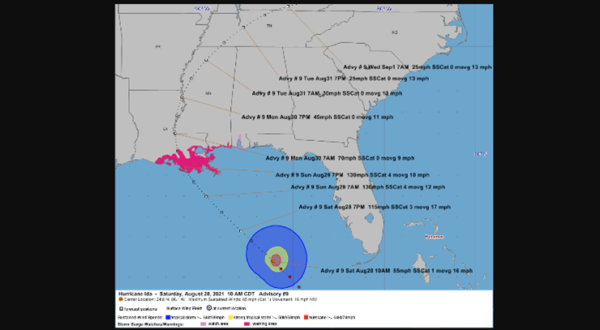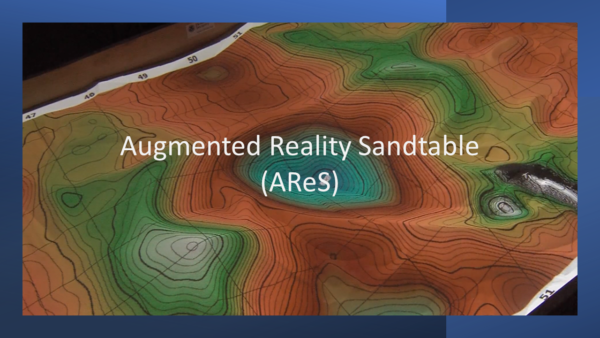April 5, 2022
Help people learn how to respond to hazard watches and warnings with FEMA’s Guide for Alerts and Warnings, a free preparedness resource.
NAPSG Foundation recently supported FEMA in the development and release of the Guide for Alerts and Warnings, an easy-to-use tool that provides basic preparedness information and guidance for responding to watches and warnings for 17 hazards. This guide helps people to prepare for hazards so they can keep safe when disaster strikes.
The Guide for Alerts and Warnings contains hazard information, watch and warning information, and research-validated protective actions guidance for 17 hazards. The guide has information about what to do if you receive an alert at home or in the car. It also includes information about the 12 Ways to Prepare for disasters and a family communications plan that individuals can fill out to help them and their families prepare for and stay safe during disasters.
NAPSG Foundation supported FEMA in the development of the guide by creating and sharing symbols to address community needs. This work was done as part of NAPSG’s Symbol Library project. The library includes a consistent incident symbology framework, guideline, and symbol set for use at the incident level on maps and in GIS applications. It is made available to the public at no-cost.
The symbols developed by the NAPSG Symbology Working Group for the FEMA Guide to Alerts and Warnings will be available in the June 2022 Symbol Library update. Alerting authorities interested in how to leverage alert symbols can find additional guidance from the FEMA Integrated Public Alert & Warning System (IPAWS) Tips: Tip 36: The IPAWS Symbol Set.Access NAPSG’s Symbol Library
The Guide for Alerts and Warnings and other FEMA preparedness products are based on FEMA’s research about disaster preparedness, preparedness behavior change, and protective actions that individuals can take to prepare for, keep safe during, and recover from disasters. In addition to its printed publications like the Guide for Alerts and Warnings, FEMA regularly publishes the FEMA Data Digest, a one-stop-shop for public safety leaders, first responders, emergency managers, GIS practitioners, and preparedness practitioners to find data-informed calls to action, graphics, messaging, and guidance to share with the public. The Data Digest highlights FEMA’s research-validated protective actions, preparedness resources, and data-informed opportunities to motivate the whole community to prepare. This resource is designed so that preparedness practitioners can easily incorporate and adapt the messaging and information for their own local-level preparedness outreach.
If you’re interested in learning more about the Guide for Alerts and Warnings, FEMA’s Data Digest, or FEMA’s research, please send an email to FEMA-Prepare@fema.dhs.gov.
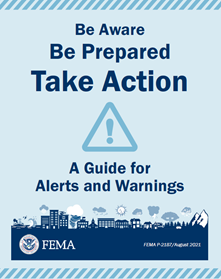
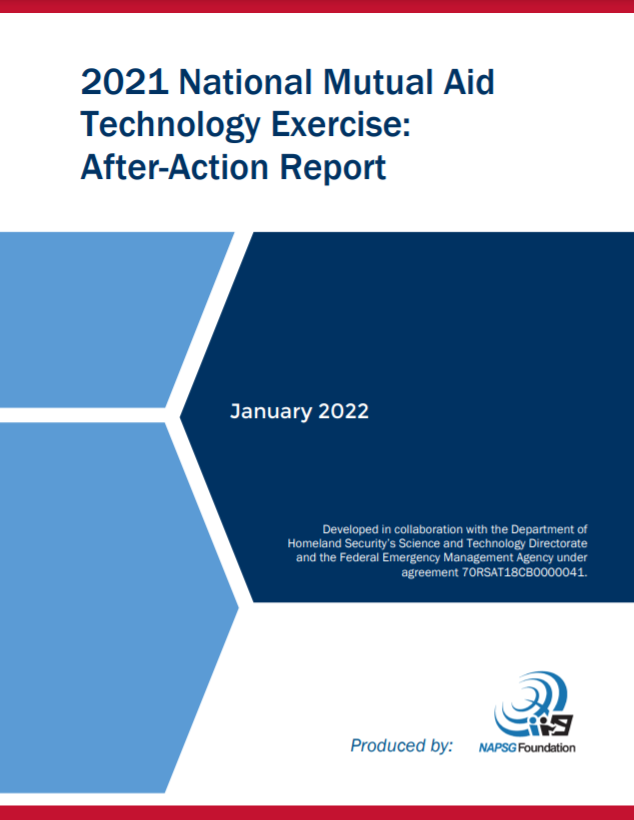
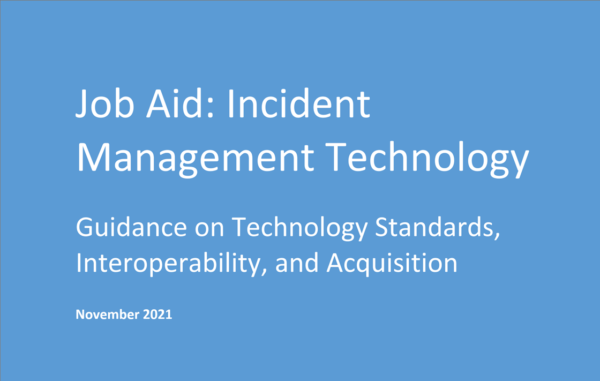
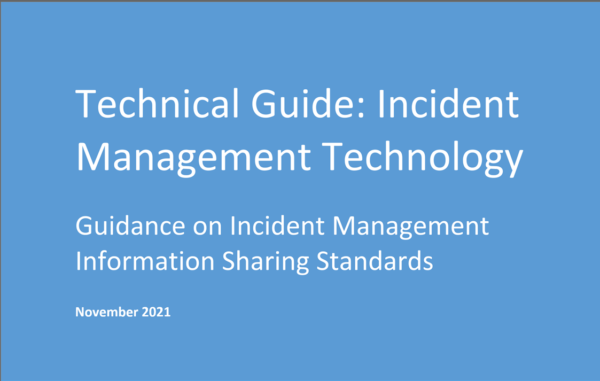
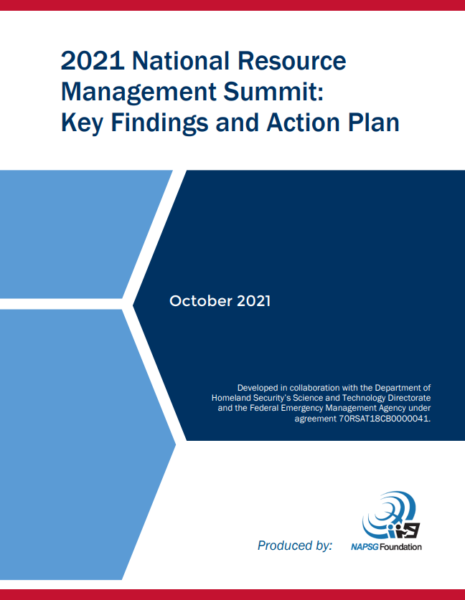
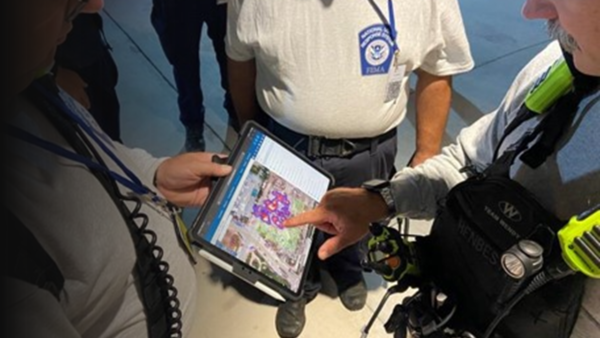
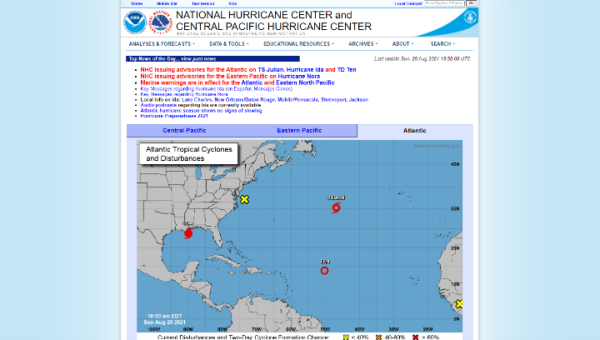
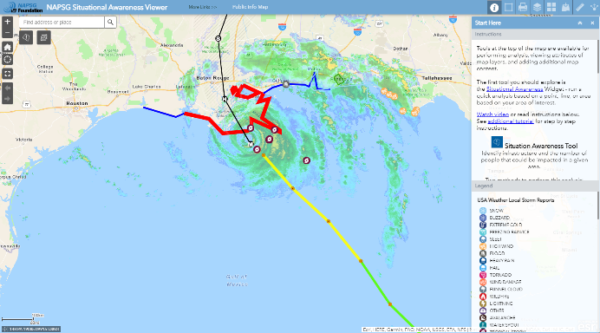
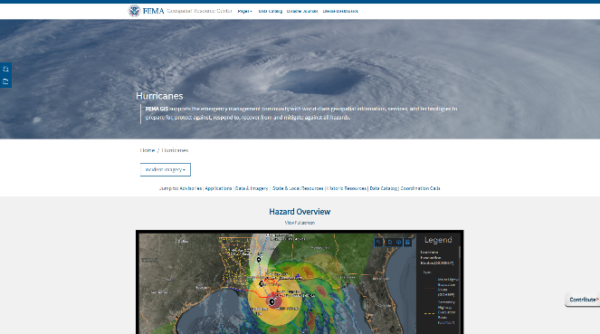
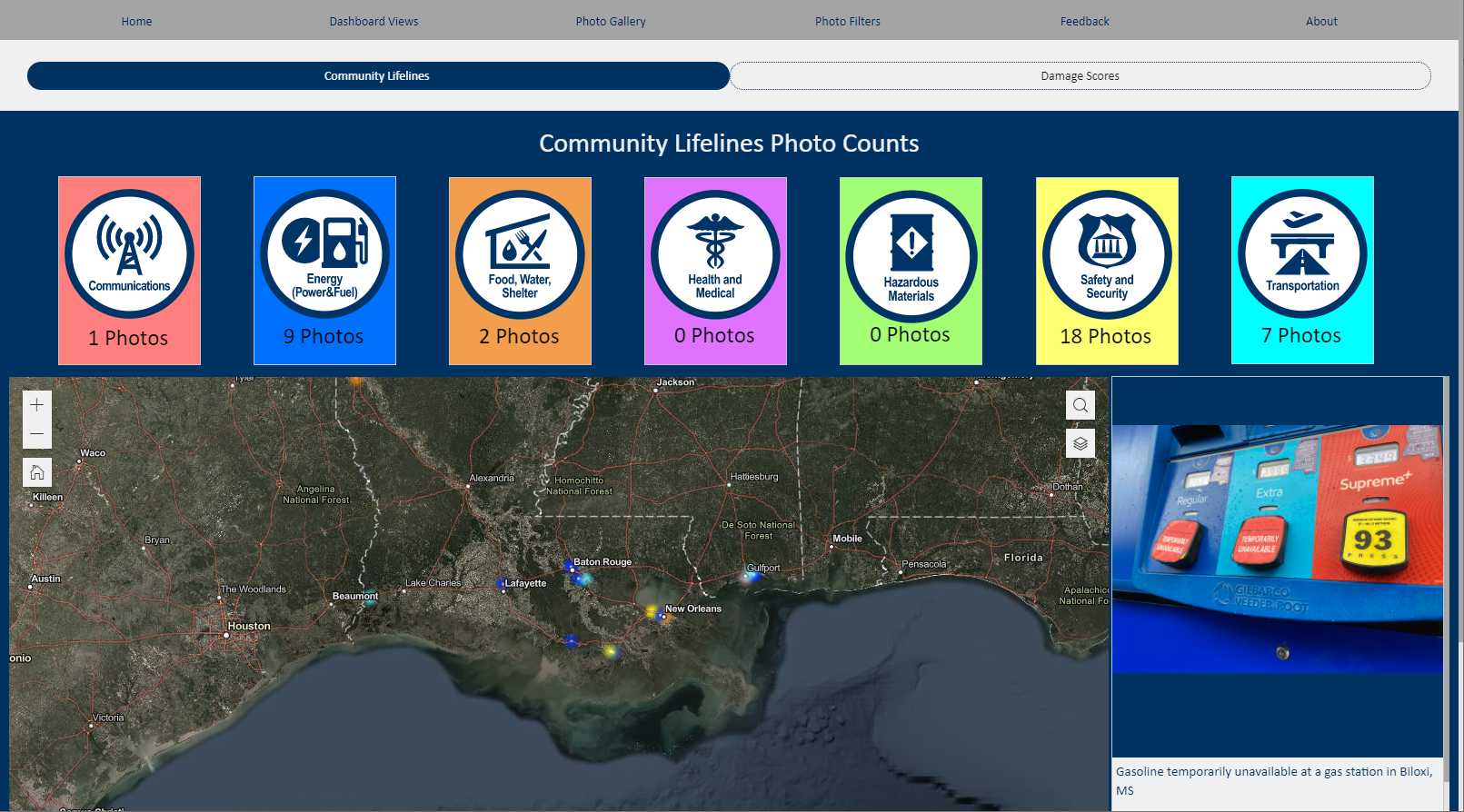
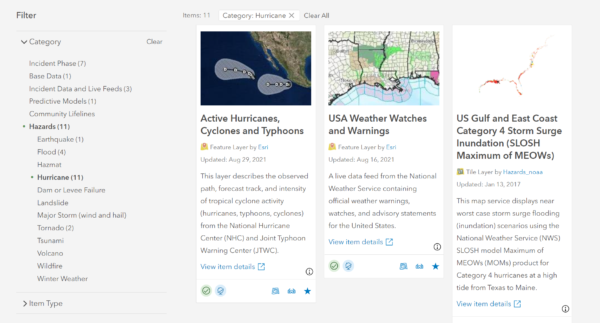
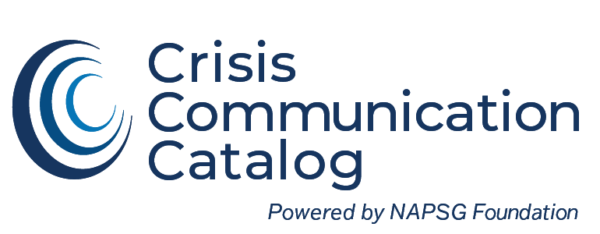 Knowing where to access information during a disaster is crucial. The Crisis Communication Catalog is an effort to build a nationwide geo-dataset of the best sources for public safety and incident status information in communities across the nation. View the map and data currently available and/or contribute to building out the nationwide Crisis Communication Catalog!
Knowing where to access information during a disaster is crucial. The Crisis Communication Catalog is an effort to build a nationwide geo-dataset of the best sources for public safety and incident status information in communities across the nation. View the map and data currently available and/or contribute to building out the nationwide Crisis Communication Catalog!